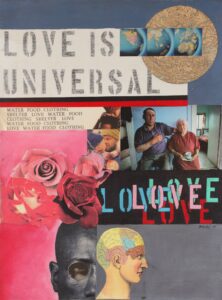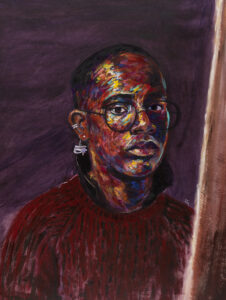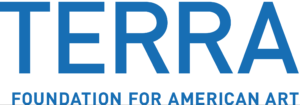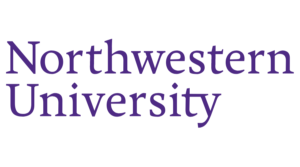OPENING RECEPTION:
APRIL 15, 6-8PM
EMERGENCE: Intersections at the Center spotlights The South Side Community Art Center’s historical role in supporting a full spectrum of Black artists through an intersectional viewpoint. The first exhibition of its kind at the South Side Community Art Center, EMERGENCE positions the Center as an important anchor for Black LGBTQ artists who belonged to its community from its founding in 1940 to the 1980s. The exhibition features work addressing identity and community, queer spaces and performance, in collage, painting, sculpture, photography, and more.

Ralph Arnold (1928–2006). Love Sign II. Mixed media, 1995.
Collection of the South Side Community Art Center.
EMERGENCE emphasizes the middle decades of the twentieth century, from the 1940s to the 1980s. For much of this time period, sexual orientation was heavily policed, both literally by the Chicago Police Department, and in a variety of other ways through the imposition of norms by society and its institutions, such as church, family, medical institutions, and school. For this reason, many of the artists in the exhibition, especially in the early decades represented here, were careful to exercise discretion in their life and work. Most did not publicly identify themselves as gay, lesbian, trans, or bisexual. At the same time, particularly in Bronzeville, Chicago’s South Side Black community held spaces that were open to participants of differing sexual orientations and identities. Political movements on behalf of Gay Liberation were active throughout this period, gaining strength in the 1970s and 80s.
EMERGENCE features work by Ralph Arnold, Richmond Barthé, Sylvester Britton, William S. Carter, Mikki Ferrill, Jonathan Green, Juarez Hawkins, Berry Horton, Patric McCoy, Charles Sebree, Allen Stringfellow, and Ellis Wilson.
Curated by LaMar Gayles Jr. & zakkiyyah najeebah dumas o’neal

Juarez Hawkins (1962–). Self-Portrait. Oil pastel and acrylic on
museum board, 1992. Collection of the artist.
EMERGENCE promo image courtesy:
Mikki Ferrill (1937–). Untitled (Portrait of Terry Readus). Gelatin silver print, 1973. Collection of the South Side Community Art Center. Design by Aay Preston-Myint.
EMERGENCE is supported by a major grant from the Re-envisioning Permanent Collections program of the Terra Foundation for American Art and by a partnership with Northwestern University’s Department of Art History.





